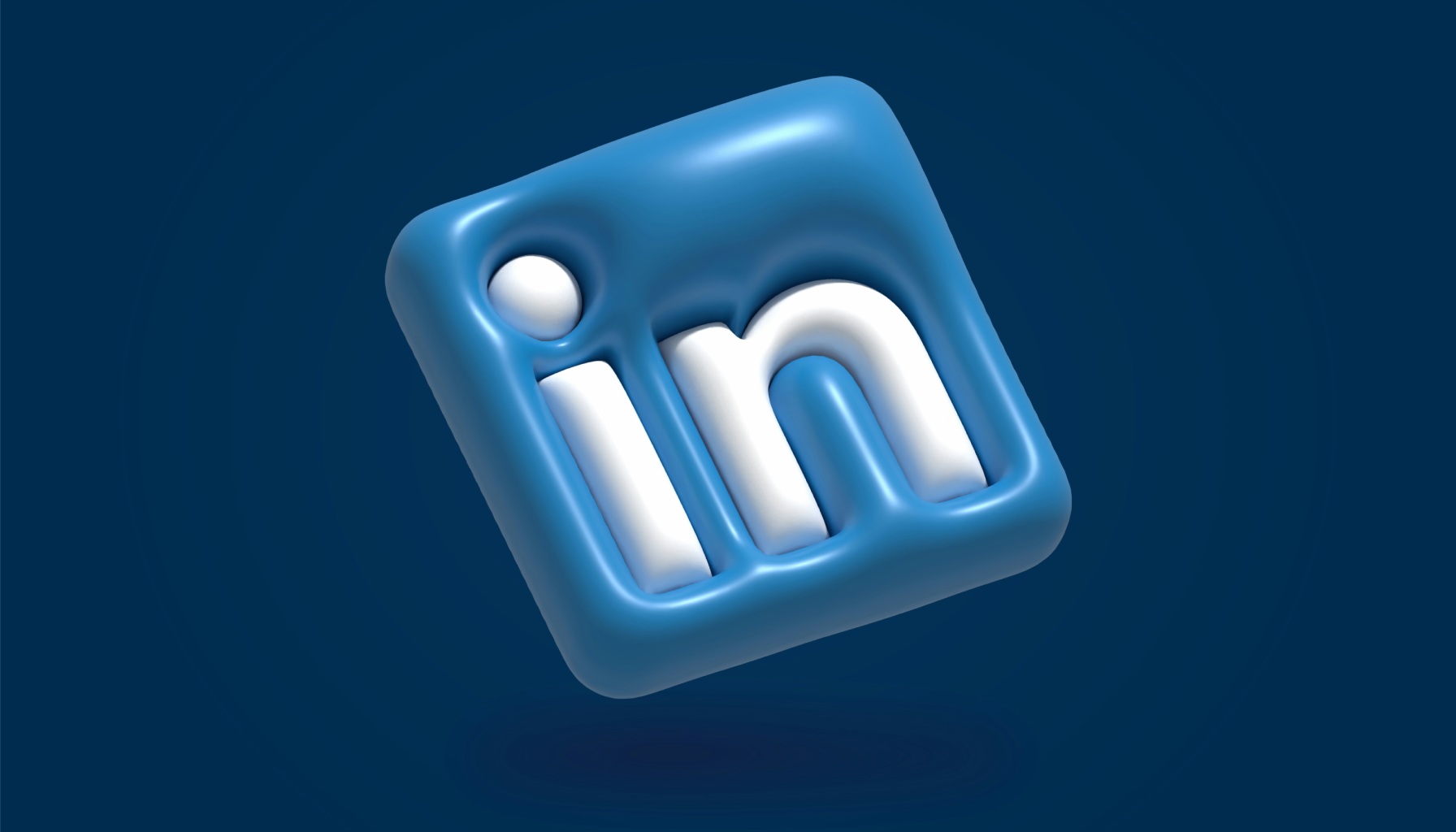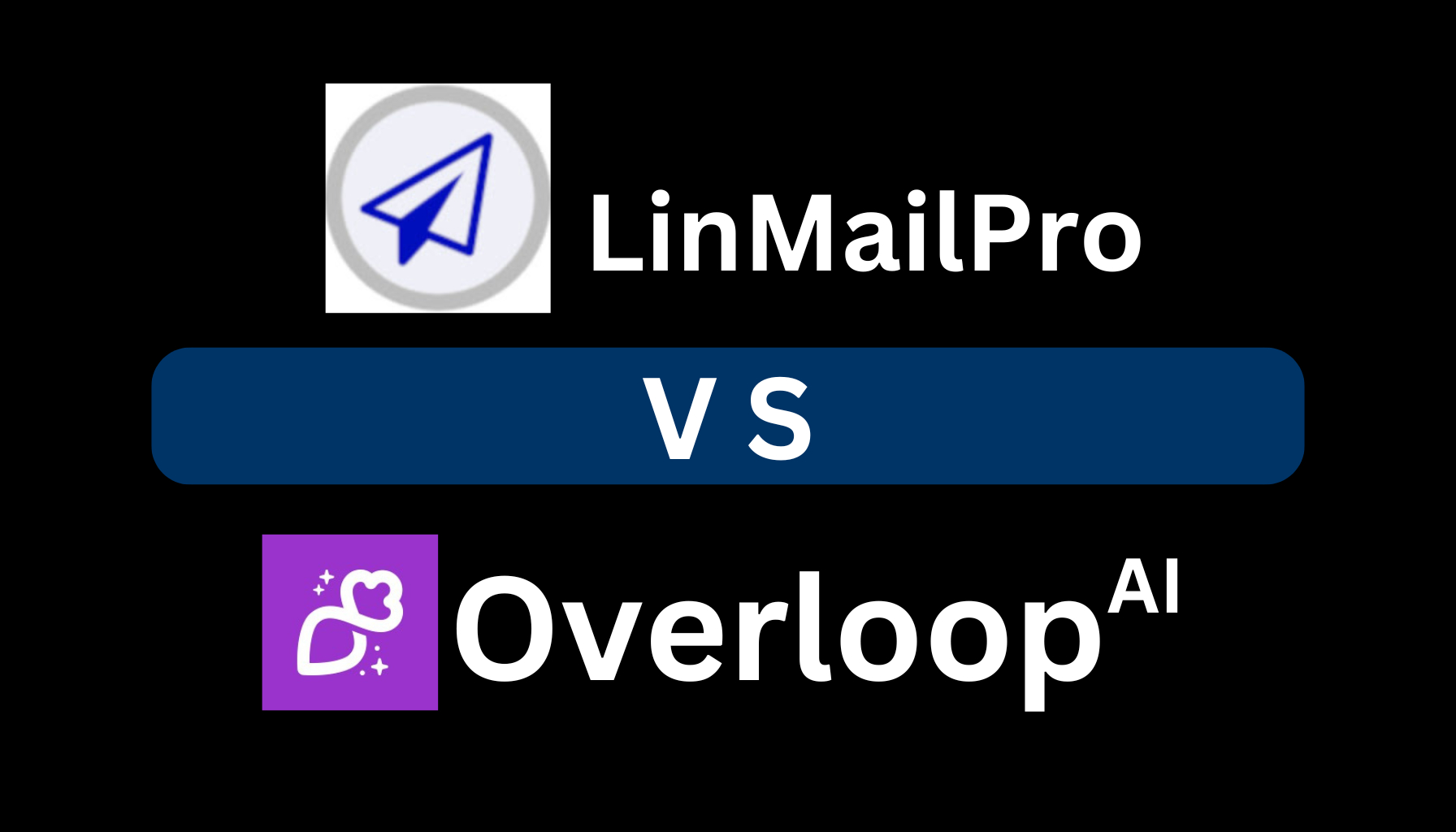
In the world of digital marketing and lead generation, automation tools have become essential for businesses aiming to scale their outreach efforts. PhantomBuster, a popular choice among marketers, has been garnering attention with its LinkedIn automation capabilities. However, a growing number of users are questioning whether the platform’s high cost truly justifies its features and performance.
As a seasoned SEO marketing specialist who has personally tested PhantomBuster and its alternatives, I’ve observed a significant shift in user sentiment. Many professionals are now weighing the pros and cons of this tool against more affordable options in the market. This article delves deep into the reasons behind user dissatisfaction with PhantomBuster’s pricing structure and explores whether there might be better alternatives for your LinkedIn automation needs.

Key Facts
- PhantomBuster’s pricing, especially for Pro and Team plans, is considered expensive compared to alternatives like Expandi and Apify.
- Users report limited scalability for large operations, with competitors like Apify offering faster processing for large volumes of data.
- Some users experience slow performance and unexpected stops with certain Phantoms, affecting overall productivity.
The Price of Automation: Breaking Down PhantomBuster’s Cost Structure
PhantomBuster’s tiered pricing model initially appears to cater to a wide range of users, from individuals to large businesses. However, a closer examination reveals significant concerns among users regarding the value proposition. Many find the pricing structure steep, especially when compared to competitors offering similar features.
The limitations on slots and execution hours across different plans have led to frustration, particularly for those looking to scale their operations. Users frequently report feeling constrained by the pricing tiers, unable to fully utilize the tool’s potential without upgrading to more expensive plans. This section will delve into each pricing tier, highlighting the specific limitations and user concerns associated with each plan.

Trial Plan: A Limited Introduction
PhantomBuster’s 14-day free trial, offering 5 slots and 2 hours of execution per day, has been a source of frustration for many potential users. The limited scope of the trial period makes it challenging for businesses to fully evaluate the platform’s capabilities, especially when it comes to more complex automation tasks.
Users often find themselves unable to test all the features they’re interested in or to run sufficiently large-scale tests to determine if PhantomBuster meets their needs. This restricted trial experience can lead to hesitation in committing to a paid plan, as users feel they haven’t had the opportunity to properly assess the tool’s value for their specific use cases.
Starter Plan: Entry-Level Concerns
Priced at $69/month, the Starter Plan includes 5 slots and 20 hours of execution time, targeting individuals and small businesses. However, this entry-level offering has been met with significant criticism from users who feel the price is disproportionate to the limited usage allowed.
Many small business owners and solo entrepreneurs report that the 5 slots and 20 hours of execution time are quickly exhausted, forcing them to either limit their automation activities or consider upgrading to a more expensive plan. This creates a challenging situation for those just beginning to explore automation tools, as they find themselves caught between insufficient resources and a significant financial commitment.
Pro Plan: Professional Price, Limited Features
The Pro Plan, at $159/month with 15 slots and 80 hours of execution, represents a substantial upgrade from the Starter Plan. However, it faces criticism for its high cost when compared to similar tools in the market, such as TexAu or Evaboot. Users in this tier often express frustration that despite the significant price increase, they still face limitations that hinder their ability to fully leverage PhantomBuster for their automation needs. The comparison to competitors offering similar or more extensive features at lower price points has led many users to question the value proposition of PhantomBuster’s Pro Plan, considering alternatives that might provide better bang for their buck.
Team Plan: Scaling Challenges
At $439/month, the Team Plan offers 50 slots and 300 hours of execution, targeting larger businesses with more extensive automation needs. However, many users find this plan restrictive for scaling operations, especially when compared to competitors who provide higher usage limits at similar price points.
The limitations become particularly apparent for businesses handling large datasets or running complex, multi-faceted automation campaigns. Users in this tier often report hitting usage ceilings that force them to carefully ration their automation activities or consider even more expensive custom plans. This has led to frustration among growing businesses that require more flexibility and capacity from their automation tools.
The Hidden Costs of PhantomBuster
Beyond the advertised pricing tiers, PhantomBuster users often encounter additional costs and limitations that significantly impact the overall expense and usability of the platform. These hidden costs extend beyond monetary considerations, encompassing time investments, productivity losses, and operational challenges.
The need for proxies, especially when scraping data from sensitive platforms like LinkedIn, adds an extra layer of expense that can quickly escalate for large-scale operations. Additionally, the steep learning curve associated with advanced features and the reported delays in customer support response times contribute to indirect costs in terms of lost productivity and operational inefficiencies.
This section explores these often-overlooked aspects of using PhantomBuster, providing insights into the full cost implications for businesses of various sizes.
Proxy Costs: An Unavoidable Expense
For users engaging in data scraping activities, particularly from platforms like LinkedIn, the need for reliable proxies introduces a significant additional expense. These proxy costs are often unavoidable for ensuring smooth operation and avoiding detection or account restrictions.
The expense can escalate quickly, especially for businesses running large-scale operations or frequent scraping tasks. Many users report that these proxy costs were not initially factored into their budget for automation tools, leading to unexpected increases in their overall expenditure. The necessity for high-quality, rotating proxies to maintain effectiveness and avoid blocks adds another layer of complexity and cost to using PhantomBuster, particularly impacting users who rely heavily on data extraction features.
Learning Curve: Time Investment
Despite PhantomBuster’s marketing as a no-code tool, many users report encountering a steep learning curve, especially when it comes to leveraging advanced features. This learning period represents a significant time investment for businesses, often translating to lost productivity as team members dedicate hours to mastering the platform.
Users frequently express frustration with the complexity of setting up certain automations or integrating PhantomBuster with their existing workflows. The need for extensive tutorial watching, documentation reading, and trial-and-error experimentation can delay the implementation of automation strategies, impacting the tool’s immediate value to the organization. This hidden cost of time and effort is particularly challenging for smaller teams or businesses without dedicated technical resources.
Limited Customer Support: Potential Delays
A recurring concern among PhantomBuster users is the reported slow response times from customer support, particularly during critical tasks or urgent issues. These delays in receiving assistance can lead to significant operational setbacks, especially for businesses relying on timely data extraction or automated outreach campaigns.
Users have expressed frustration with the impact of these support delays on their workflow, noting that unresolved issues or unanswered questions can halt entire projects or campaigns. The limited availability of immediate, responsive support is seen as a major drawback, potentially offsetting the time-saving benefits of automation.
This aspect of the service has led some users to question the overall value proposition of PhantomBuster, considering the critical nature of many automation tasks in their business operations.
User Feedback: Growing Dissatisfaction
The accumulation of concerns regarding PhantomBuster’s high costs, performance issues, and scalability limitations has led to a noticeable trend of growing dissatisfaction among users.
The feedback encompasses a range of issues, from reliability concerns with certain Phantoms to broader scalability challenges faced by businesses attempting to expand their automation efforts. By examining these user experiences and complaints, we gain insight into the practical implications of PhantomBuster’s limitations and how they impact businesses of various sizes and industries. This growing dissatisfaction underscores the importance of addressing user concerns in the competitive landscape of automation tools.
Performance Issues: Reliability Concerns
Users have consistently reported performance issues with certain PhantomBuster tools, notably the Profile Finder, which has been observed to run slowly or stop unexpectedly during extended operations. These reliability concerns significantly impact productivity, as users find themselves needing to frequently monitor and restart tasks that should be running automatically.
The unpredictable nature of these performance issues raises questions about the overall value proposition of the tool, especially for businesses relying on consistent, uninterrupted automation for their workflows. Users express frustration with the time lost to troubleshooting and the potential for incomplete data collection or missed opportunities due to these unexpected stoppages.
The persistence of these issues, even after updates and patches, has led some users to lose confidence in PhantomBuster’s ability to handle critical automation tasks reliably.
Scalability Concerns: Growing Pains
As businesses attempt to scale their operations using PhantomBuster, many encounter significant limitations that hinder their growth strategies. Users report that the tool becomes less efficient when handling large datasets or complex tasks, especially when compared to competitors like Apify, which is noted for its faster processing of large volumes of data.
This scalability issue becomes particularly problematic for rapidly growing businesses or those undertaking large-scale marketing or lead generation campaigns. Users express frustration with hitting performance ceilings that force them to segment their automation tasks or seek alternative solutions to complement PhantomBuster’s capabilities.
The inability to seamlessly scale automation efforts without encountering significant slowdowns or increased costs has led some businesses to reevaluate their use of PhantomBuster, considering it more suitable for smaller-scale operations rather than enterprise-level automation needs.
Horlio: A Superior Solution to High-Cost LinkedIn Automation
In light of the challenges posed by PhantomBuster’s pricing and limitations, Horlio emerges as a compelling alternative for professionals seeking efficient and cost-effective LinkedIn automation.
Key Features of Horlio
- AI-Powered Content Generation: Utilizes advanced AI models to create contextually relevant, engaging comments and posts.
- Intelligent LinkedIn Automation: Automates profile visits, post interactions, and comment placements while mimicking human behavior.
- Advanced Targeting: Allows users to target specific industries, company sizes, and job titles.
- Campaign Management: Enables creation and management of multiple campaigns with real-time analytics.
- Engagement Analytics: Delivers comprehensive insights into engagement rates, network growth, and content performance.
- Team Collaboration: Supports multi-user access with role-based permissions for team-wide LinkedIn management.
- Integration Capabilities: Seamlessly integrates with popular CRM systems and offers API access for custom integrations.
Benefits of Horlio
- Time Efficiency: Automates time-consuming LinkedIn tasks, allowing professionals to focus on high-value activities.
- Enhanced Networking: Facilitates building a larger, more engaged professional network with less manual effort.
- Personalized Outreach: Enables highly targeted and personalized interactions at scale, improving connection quality.
- Data-Driven Strategy: Provides actionable insights for continual improvement of LinkedIn marketing strategies.
- Scalability: Easily scales LinkedIn activities as the business or personal brand grows, without proportional increase in effort.
To experience the benefits of cost-effective, AI-powered LinkedIn automation, try Horlio today and see how it can transform your professional networking and lead generation efforts.
Ready to Dominate LinkedIn?
Transform Contacts into Conversations with Smart Targeting on LinkedIn!
Conclusion
While PhantomBuster remains a tool in the LinkedIn automation space, its high cost and reported limitations are causing many users to reevaluate their options. As businesses and professionals continue to seek efficient ways to leverage LinkedIn for networking and lead generation, it’s clear that the demand for more affordable, user-friendly, and scalable automation tools will only grow. Whether PhantomBuster adapts to these changing market dynamics or alternatives gain more traction remains to be seen.
References
- Expandi.io. (2024). PhantomBuster Review: We Tried PhantomBuster for 30 Days, and Here’s What We Found. Retrieved from https://expandi.io/blog/phantombuster-review/
- Salesrobot.co. (2024). PhantomBuster Review: We’ve Used it for Over 2 Years and Here’s What We Think. Retrieved from https://www.salesrobot.co/blogs/phantombuster-review/
- Scrupp.com. (2023). Discover the Top 12 PhantomBuster Alternatives & Competitors: Free & Paid Options. Retrieved from https://www.scrupp.com/phantombuster-alternatives/
- Tome.app. (2024). PhantomBuster: Pricing, Reviews & Top 4 Alternatives. Retrieved from https://www.tome.app/phantombuster-pricing-reviews-alternatives/
- Viralmango.com. (2022). PhantomBuster Review 2022: Pricing, Features, Competitors, Pros & Cons. Retrieved from https://www.viralmango.com/phantombuster-review/



